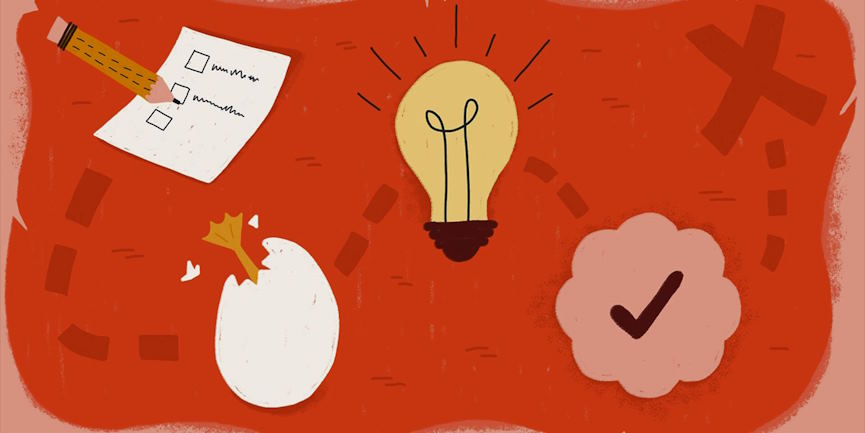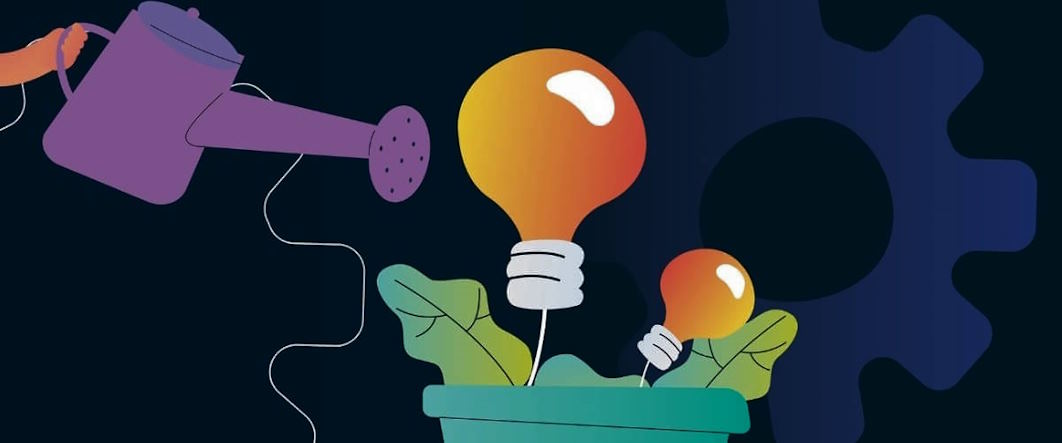
Design is a dynamic and creative process that thrives on innovation and originality. Whether you’re a graphic designer, an architect, or a product designer, the ability to generate unique design ideas and concepts is essential.
Methods for Generating Design Ideas and Concepts
Research and Inspiration
Begin by immersing yourself in research and seeking inspiration. Explore existing designs, art, literature, and other relevant sources. Analyze what works and doesn’t, and use this knowledge as a springboard for your ideas.
Mind Mapping
Mind mapping is a visual technique that helps organize thoughts and ideas. Start with a central concept or problem and branch out with related keywords, themes, and associations. This method often leads to unexpected connections and creative insights.
Brainstorming Sessions
Brainstorming involves group collaboration to generate ideas. Encourage free-flowing discussions where all ideas are welcome without judgment. Quantity is key at this stage, as it can lead to discovering hidden gems.
Mood Boards
Create mood boards by collecting images, colors, textures, and typography that evoke the desired mood or theme for your design. Mood boards are a visual reference to inspire and guide your creative process.

Analog Sketching
Sketching by hand on paper or using analog tools like markers, pencils, and paints can help break free from digital constraints and stimulate creativity. Doodling and sketching allow for the spontaneous exploration of ideas.
Storytelling
Design often tells a story or communicates a message. Think of the narrative behind your design, whether it’s a product, a space, or an image. Storytelling can give your concept depth and meaning.
Constraints as Catalysts
Embrace constraints as creative catalysts. Limitations in budget, materials, or space can spark ingenious solutions. Constraints force you to think outside the box.
The Value of Exploring Multiple Concepts
Diversity of Ideas
Exploring multiple concepts ensures diverse ideas. This diversity can lead to innovative solutions and a broader pool of creative options.
Depth of Exploration
Each concept represents a unique approach to a design challenge. Exploring multiple concepts allows you to delve deeper into the problem and gain a more comprehensive understanding of potential solutions.
Evaluation and Refinement
Having multiple concepts allows for thorough evaluation. You can weigh the pros and cons of each, consider how well they align with the project’s objectives, and refine them based on feedback.
Flexibility and Adaptability
The creative process is often unpredictable, and a concept that seems ideal initially may not hold up in practice. Exploring multiple concepts provides flexibility to pivot and adapt as needed.
Innovation and Uniqueness
Innovative and unique designs often emerge when you push beyond the first idea that comes to mind. By challenging yourself to explore different concepts, you increase the likelihood of creating something original.
